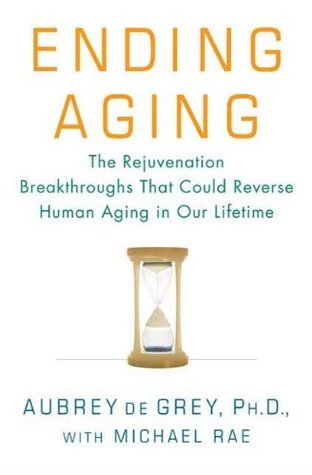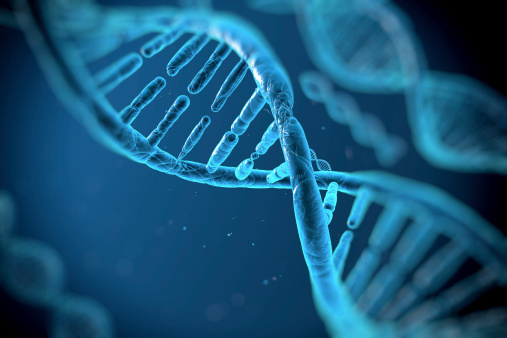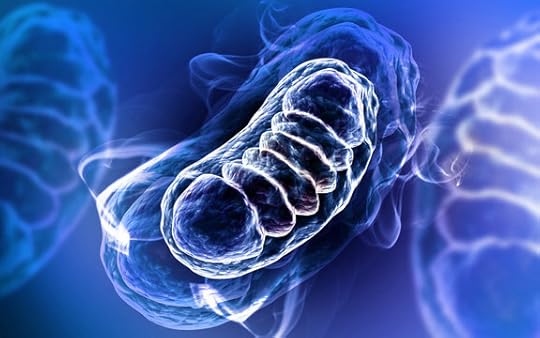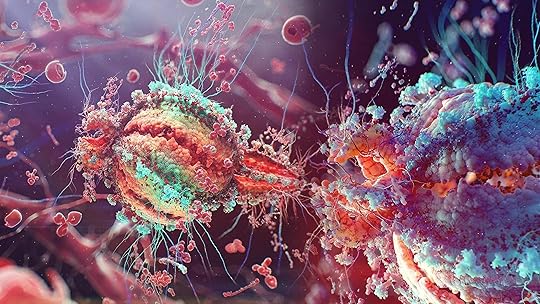What do you think?
Rate this book


400 pages, Kindle Edition
First published January 1, 2007



Readability: Hard -o--- Easy (quackery disguised as professional medical talk)
Practicality: Low o---- High
Insights: Few o---- Many
Length: Long o---- Short (too long considering its all nonsense)
Overall: Bad o---- Amazing